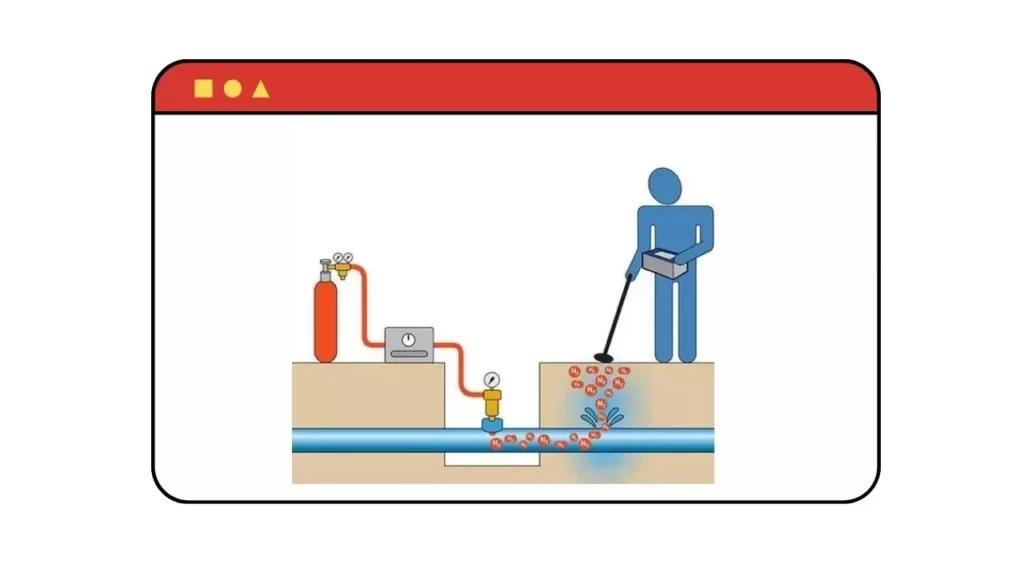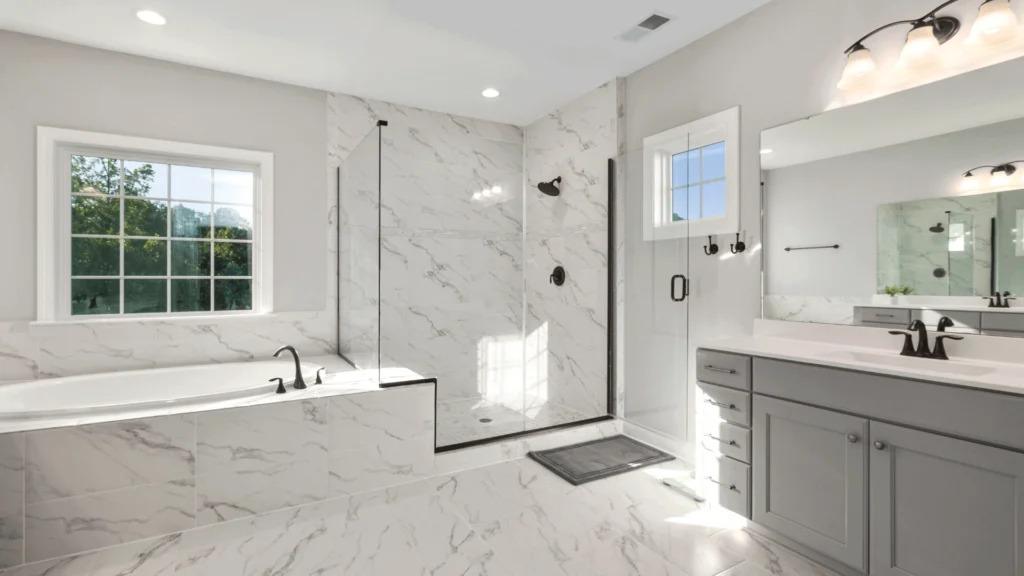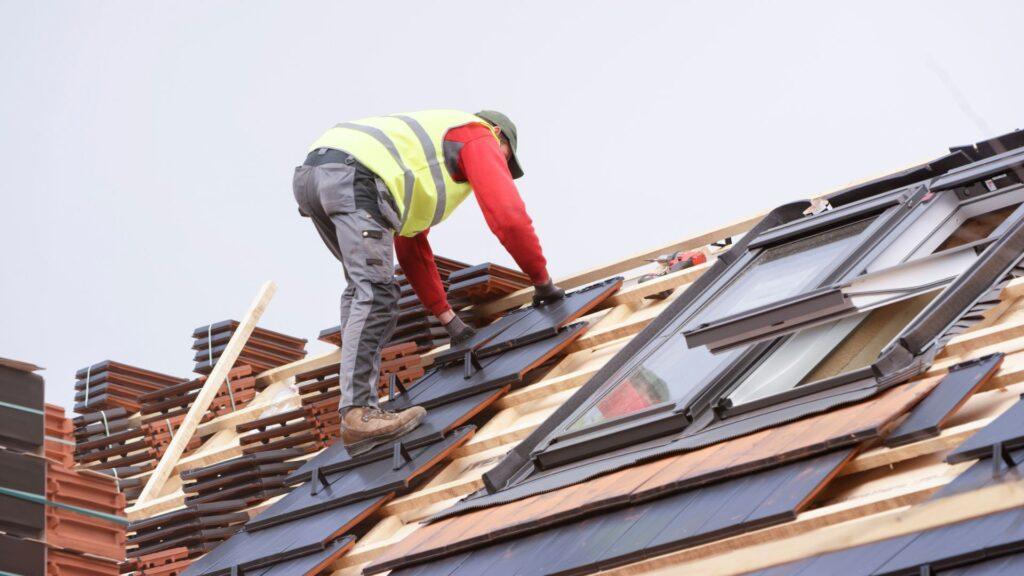Imagine waking up to find the moist patch spreading on your roof or listening to the dreaded sound of water dripping behind the walls. Water leaks exceed only one discomfort – they can cause structural damage, increase your water bill, and cause health hazards such as mold and mildew. Good news? With correct knowledge and active solutions, you can detect, stop, and fix the leak of water before it becomes an expensive disaster.
In this guide, we dive deeply into water leakage solutions, from initial warning signs to professional repair methods. Whether you are a homeowner, a tenant, or a property manager, this article will be tied to you with the insight that you need to keep your location dry and damaged.
Why water leak matters: hidden cost and risk
Water leaks may look modest at first, but their effects may be serious if left unaddressed. It is necessary to address the leak here immediately:
Structural damage: Continuous water weakens seepage walls, ceilings, and floors, causing expensive repair.
Health danger: Moist condition encourages mold and mildew development, which can lead to respiratory issues.
Increase in utility bill: A slow leakage can ruin thousands of liters of water per year, inflating your water bills.
Electrical Risk: Water infiltration near electrical wiring can cause low circuit and fire hazards.
Understanding these risks underlines the urgency of finding and fixing leaks as soon as possible.
To detect water leaks: Initial warning signal.
Leaking water quickly can protect you from significant damage. Keep an eye on these common signs:
1. Visible water stains and moist patch
If you notice brown-yellow stains on your walls or roof, it is a clear indication of leakage above or behind.
2. Unusual water bill
A sudden spike in your water bill without an increase in use indicates a hidden leak.
3. Moldy and Musty Smell
Constant moisture leads to mold development, usually with a strong, musty odor.
4. Peeling wood
Excess moisture paint may be too cheerful for bubbles or wood and taunt.
5. Flowing water sound
If you hear water flowing through the pipe when no tap is open, there is a possibility of a leakage.
6. Poly water or soft spots
The accumulation of water in unexpected areas, such as under the sink or near the equipment, often indicates a problem.
Water leakage solution: fixing the problem step by step
Step 1: Identify the source of the leakage
Before fixing the leakage, you have to detect its source. Check the general problem areas such as pipes, roofs, and equipment. Use a moisture meter or thermal imaging camera for hard-to-detect leaks.
Step 2: Temporary Reforms for Taking Relief
If you cannot get professional help immediately, try these quick reforms:
- Pipe repair tape: a temporary patch for small leaks in pipes.
- Putty of the plumber: There is a slight leak around the seal joints.
- Silicon sealant: Ideal for preventing leaks around sinks, bathtubs, and windows.
Step 3: Permanent Reforms and Professional Solutions
For long-term solutions, consider these repair methods:
For plumbing leaks:
- Tightening loose joints: Many leaks are due to loose fittings; Tighten them with a wrench.
- Place of wear-out pipes: Corroded or torn pipes need to be replaced.
- Using leakage-sealing compounds: Epoxy putty works well to patch small cracks.
For roof leaks:
- Apply waterproof coatings: Ceiling sealants like liquid rubber further prevent seepage.
- Change damaged ringworm or tiles: torn or missing roofing materials should be fixed.
- Ensure proper drainage: Clean gutters and downspouts to prevent water construction.
For wall and basement leaks:
- Use waterproofing paint: fix a quick DIY for minor leaks.
- Install drainage systems: French drains and pimples redirect water away from their home.
- Seal cracks with hydraulic cement: a strong, long-lasting solution for concrete walls.
Common mistakes to avoid fixing water leakage
- Many household owners make important errors while dealing with the box. What to see here:
- Ignoring small leaks: What seems like a minor problem can become a big problem.
- Using incorrect sealant: Some sealants work only on specific surfaces – buy the one right for your content.
- Not addressing the root cause: Failing visual leaks without solving the underlying plumbing or structural issues causes recurring problems.
- DIY overload: Some reforms require professional intervention – a specialist knows to call.
Future trends in the prevention of water leakage
- Technology is making leakage detection and prevention much easier than ever. What is coming here next:
- Smart leak detector: Devices like Flo by Moen and Leaksmart allow you to detect leaks immediately through smartphone notifications.
- Automatic Water Shutoff System: Water supply is cut in these systems when leaks are detected, preventing extensive damage.
- Advanced waterproofing material: Hydrophobic coatings and innovations in flexible membranes are improving the security of the house.
Conclusions: Take action before it is too late
Water leaks are more than just one discomfort – they can cause significant financial and structural damage when ignored. By staying vigilant, identifying leaks quickly, and applying the right solutions, you can protect your home from expensive repairs and health hazards.
What will happen next? Take a moment to inspect your house for signs. If you suspect a hidden leak, invest in a smart detector or consult a professional for a thorough inspection. Want more home maintenance tips? Subscribe to our newspaper and be informed!




